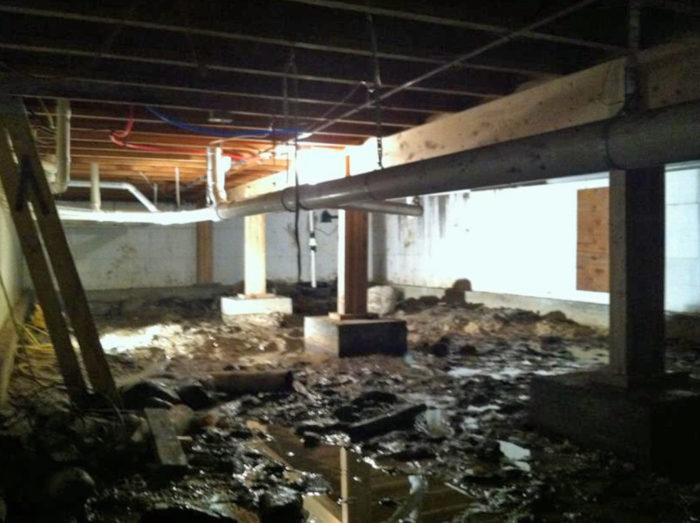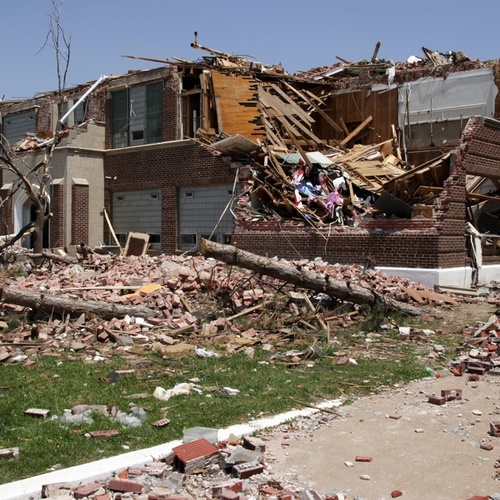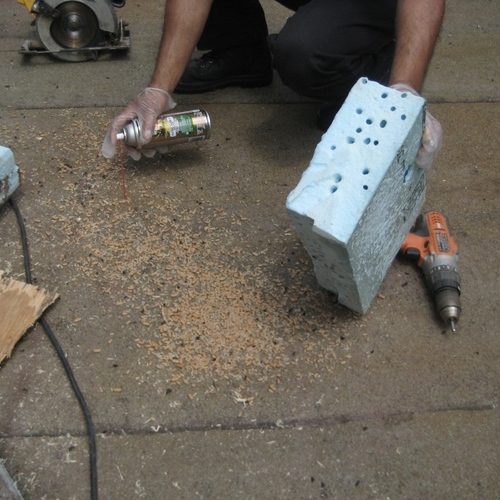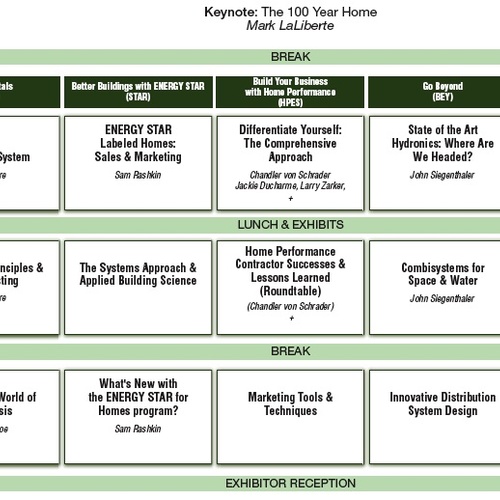
Image Credit: All photos: Bart Laemmel
After working for years as a carpenter, Bart Laemmel, a resident of Crested Butte, Colorado, decided to upgrade his skills. “I have a thirst for knowledge,” he said. Speaking at a presentation at the recent Westford Symposium on Building Science, Laemmel deployed his self-deprecating humor. “I am a HERS rater,” he said. “It was an intense training — seven days straight. I figured I knew everything. And I am a LEED professional. I know how to check stuff off.”
Laemmel now focuses on fixing damp homes that suffer from building-envelope flaws. Since many recently built homes in Crested Butte have flaws, Laemmel is busy. As he told the audience in Westford, “You keep building ’em, we’ll keep fixing ’em.”
Laemmel presented four case studies.
Case study #1: A leaky cathedral ceiling
Laemmel described a common dilemma for builders or construction consultants. “A friend will buy a house, but they will not tell you that they are buying a house,” he said. “And when you see the house, you will have to say, ‘What were you thinking?’”
Laemmel’s friend bought a house with a disastrously leaky envelope. After he bought the house, he refinished the interior. “The house had new carpets, new paint, new bathroom tile — the interior was all new,” Laemmel told the audience. “My friend said, ‘I got my gas bill for October, and it’s $400.’ For October. So I check it out. The house was a sieve. He calls me in February, and says, ‘My roof is leaking.’ I told him, ‘Your roof isn’t leaking.’ He has a tongue-and-groove ceiling with a bunch of can lights. For this little roof system, the amount of water up there was staggering. To…
Weekly Newsletter
Get building science and energy efficiency advice, plus special offers, in your inbox.

This article is only available to GBA Prime Members
Sign up for a free trial and get instant access to this article as well as GBA’s complete library of premium articles and construction details.
Start Free TrialAlready a member? Log in
















3 Comments
Increased Complexity
Are these problems the domain of carpenters, or is the designation used differently in some regions?
Response to Malcolm Taylor
Malcolm,
I'm not sure of the vocabulary used in Colorado. But here in Vermont -- a rural state -- it's common for a builder to refer to himself as a carpenter: "I'm a carpenter. I build houses."
Such a carpenter is often familiar with most aspects of residential construction, and may do foundations, framing, sheathing, roofing, siding, and insulation work -- and in some cases, a fair amount of electrical, plumbing, and drywall work.
In more densely populated regions of the country, including California, residential construction work has been broken down into a dozen specialties, and is often performed by an array of subcontractors. But not in Vermont.
Thanks Martin.
That's interesting because it shows another path towards solving these more general building science problems that crop up with increasing frequency - a path starting from from a good base of practical knowledge. Carpentry apprenticeships here have traditionally followed the California model of specialization, but recently have started to include a lot more general building science. A lot more and a lot better than I got in architecture school in the 80s.
Log in or become a member to post a comment.
Sign up Log in